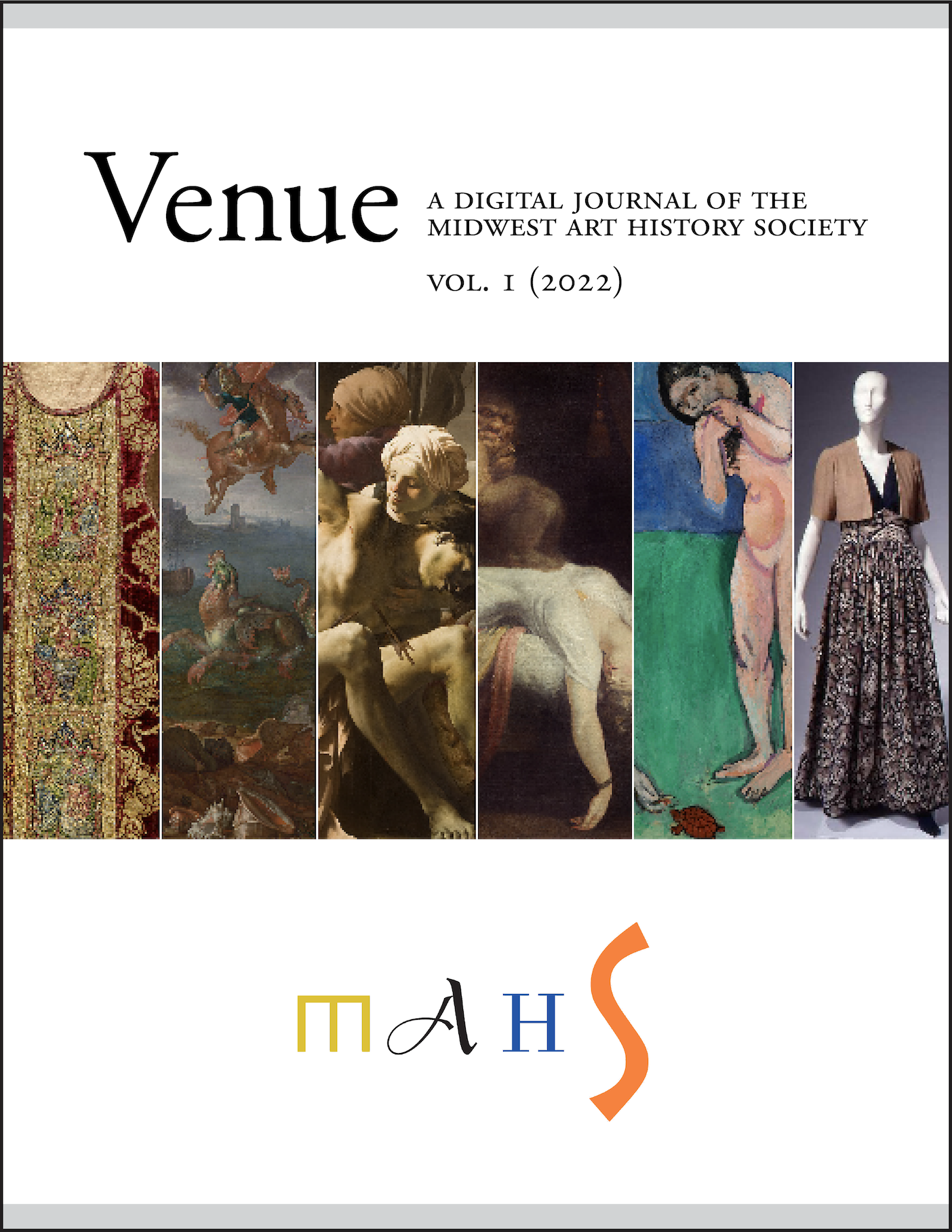Abstract
Ter Brugghen’s Saint Sebastian Tended by Irene was painted the same year as his Crucifixion, and in both works, the artist evokes sixteenth-century northern painting. The Saint Sebastian, however, approaches the past differently. In the Crucifixion, the figure of Christ appears as a re-creation if not direct quotation from sixteenth-century works, inserted between the defiantly seventeenth-century Mary and John. Blood drips from Christ’s wounds apparently onto the surface of the painting, accentuating the picture plane and thus the work’s materiality, a quality uncommon in seventeenth-century works. In the Saint Sebastian, the sixteenth-century elements are reduced to details (the historic Cope of David on which Sebastian sits or the gruesome treatment of Sebastian’s upper wrist) and the blood that appears drips onto the fictive surfaces, not in free fall. With this work, ter Brugghen moves toward a new phase in his painting in which light effects prevail over effects of materiality, and beauty prevails over the ugliness which was so often present in his earlier paintings. The martyred body of Sebastian can be read as a figure of Christ, but also as a figure of ter Brugghen’s release of his art from the complexities and miseries of art during the Reformation.

This work is licensed under a Creative Commons Attribution-NonCommercial-NoDerivatives 4.0 International License.

